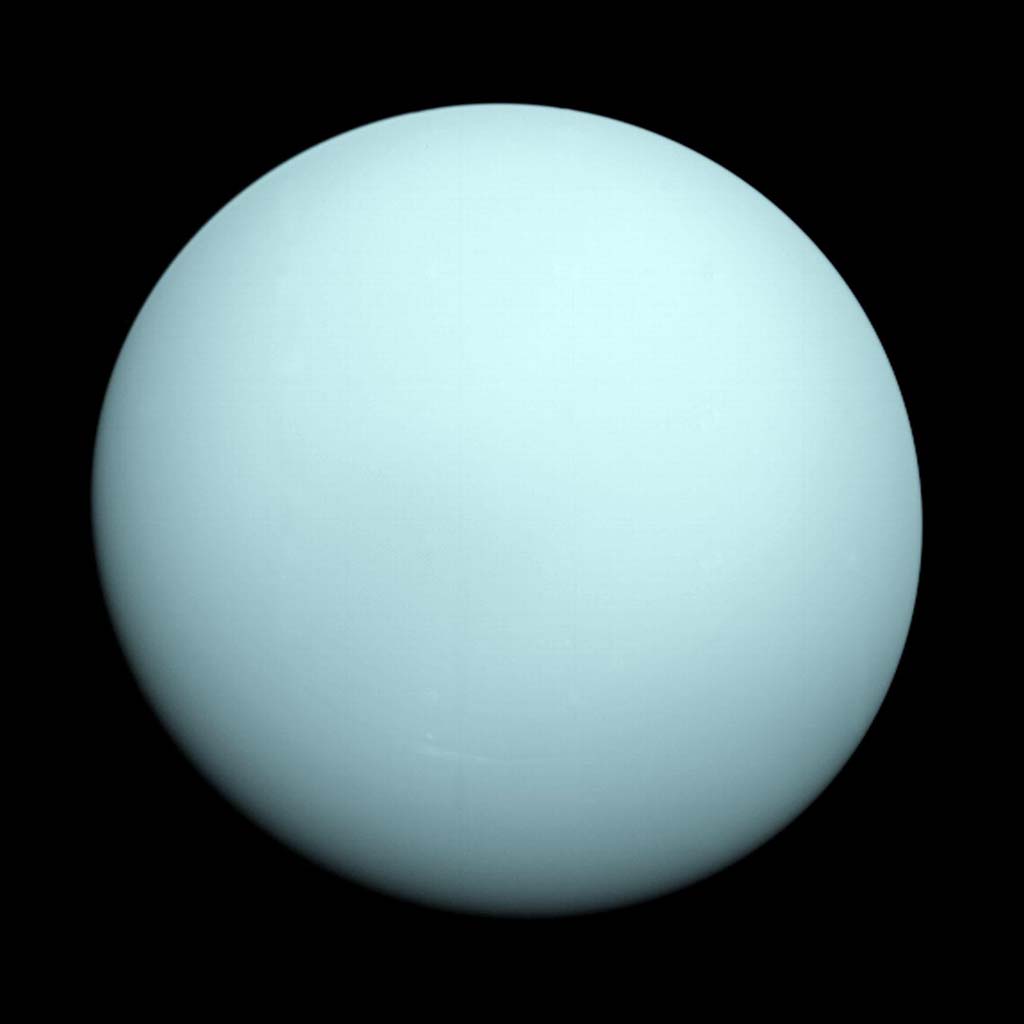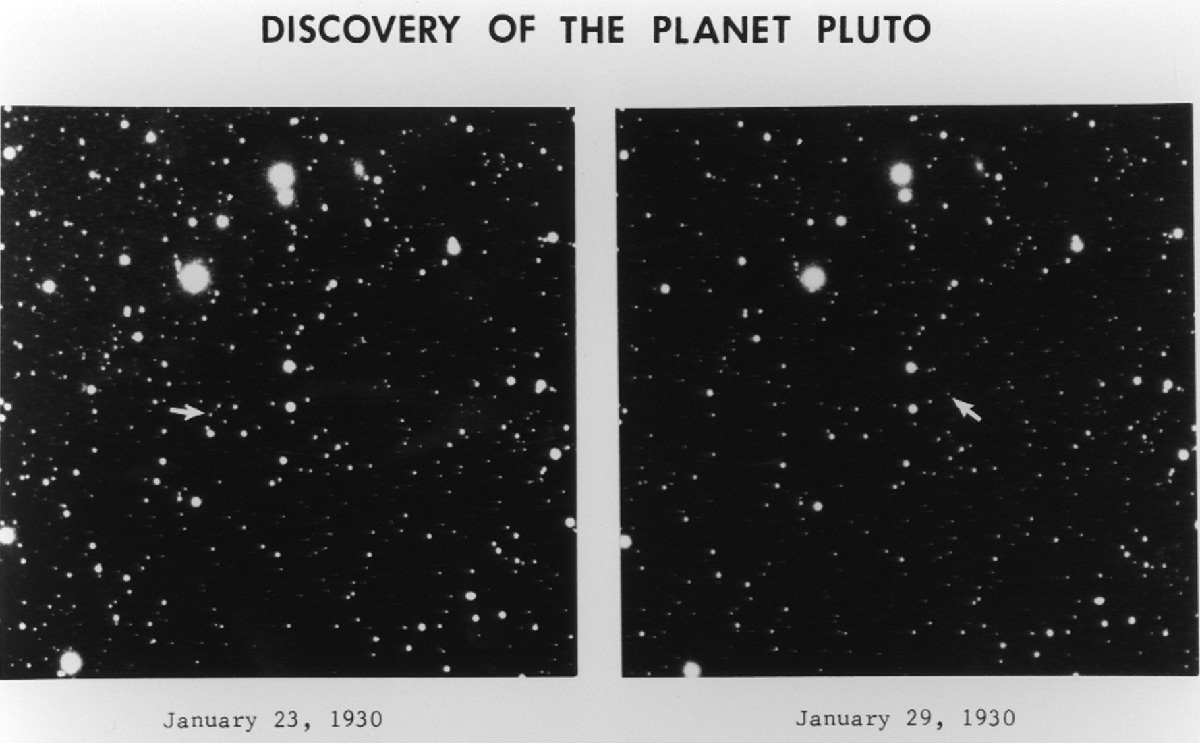The Discovery of Pluto
Pluto was discovered on 18th February 1930 by an American astronomer named Clyde Tombaugh. Soon after, it was classified as a planet, making it the ninth planet in the Solar System. It kept this status until 2006 when it was reclassified as a dwarf planet. Here’s the story of how this small former planet was discovered.

Before Pluto’s discovery, the Solar System was known to have eight planets: Mercury, Venus, Earth, Mars, Jupiter, Saturn, Uranus and Neptune. Except for Uranus and Neptune, all of these planets had been known since ancient times. This changed when Uranus was discovered in 1781 by English astronomer William Herschel using his homemade telescope.
Observations of Uranus revealed something unusual about its orbit, suggesting a gravitational influence from something beyond it, most likely another planet. French astronomer Urbain Jean-Joseph Le Verrier and English astronomer John Couch Adams separately made mathematical calculations to figure out the location of this possible planet. Using Le Verrier’s calculations, German astronomer Johann Gottfried Galle confirmed that a planet did in fact exist almost exactly where predicted. That planet became Neptune.
But, it seemed that there were still anomalies in Uranus’ orbit, and that Neptune alone couldn’t be the sole cause of them! Was there another planet even more distant having an effect on it?
American astronomer Percival Lowell founded the Lowell Observatory in Flagstaff, Arizona in 1894. Starting in 1906, he began searching for a ninth planet in the Solar System, a planet which he termed “Planet X.” Like the method used for discovering Neptune, Lowell used mathematical calculations to locate his planet. Expecting to find a large world of gas similar to Uranus and Neptune, Lowell instead found nothing. He died in 1916 having failed to discover his Planet X. Clyde Tombaugh resumed the search in 1929.

In 1929, Clyde Tombaugh began working at Lowell’s Flagstaff Observatory. He got the job by sending the observatory some drawings of his observations of Mars and Jupiter through his homemade telescope. At Flagstaff, he was given the task of taking images of space and comparing the images with others taken of the same region on different days. Planets can be identified by their movement against a backdrop of stars, so an object which appears in different places in images taken on different days is likely not to be a star. Images were transferred to photographic plates which were put into a blink comparator, a machine that rapidly alternated the two images. On 18th February 1930, Tombaugh compared an image taken on 23rd January 1930 with one taken on 29th January 1930. He noticed an object that appeared in both images but in different places. Believing that he may have found Lowell's Planet X, he checked another image from 21st January and again noticed the same object but in another place. He now knew that the object he had found was definitely not a star and shortly afterwards, the existence of the Solar System's ninth planet was confirmed. The new planet received the name Pluto, a name suggested by 11 year old schoolgirl Venetia Burney from England.

Initial estimates suggested that Pluto was similar in size and mass to Earth, but it was later discovered that Pluto is much smaller - smaller in fact than all of the Solar System’s planets. Pluto’s size and mass mean that it wouldn’t have much, if any, effect on the orbit of Uranus. It has to be remembered that the search for Pluto began because Percival Lowell didn't believe that Neptune alone could have the gravitational effect on Uranus that it appeared to have. This led to the possibility that Pluto wasn't the "Planet X" that Lowell had been looking for and that it remained undiscovered. However, it later turned out that Uranus's orbit could be explained by Neptune's presence. Scientists had slightly miscalculated Neptune's mass and by correcting their calculations, Uranus' orbit suddenly made sense.
It was purely coincidental that Pluto happened to be located near to where the non-existent Planet X was expected to be. It's also quite fortunate too or else Clyde Tombaugh may have had to continue flicking between images for many more years searching for something that didn't exist! It’s interesting to consider that if Neptune's mass had been calculated correctly at first, the search for Pluto may not have started when it did. Who knows when, or even if, it would have been found?





